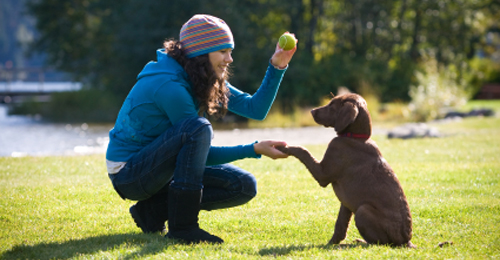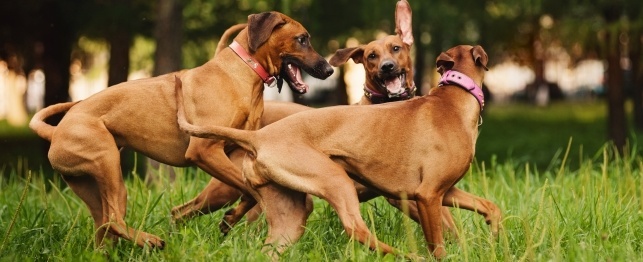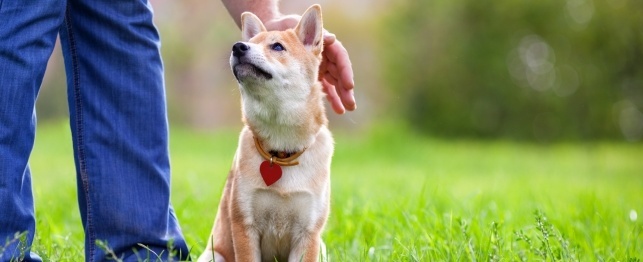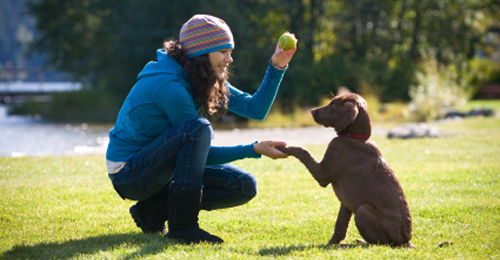Your dog is part of the family and you have to train them as such. This article sheds some light on simple training tips that you will find useful in training your dog. Before you train your dog, you need to do a little homework of your own.
There are different tricks you can try when you are crate training your dog. Place a treat inside the crate and shut its gate in front of your dog. This will make the puppy want to be let inside the crate to get the bone. If they do go into the crate, offer up praise and a treat.
Try to see things from your dog's eyes. It is easy to get frustrated with your dog if they are not learning very basic things quickly or at all. Don't give up. Instead, think about what it must be like to be your dog. Imagine the world like they do and that can provide you with a fresh perspective on training.
Make sure your teething puppy has a bunch of chew toys readily available to him, and keep other things he likes to chew on away from him. The right chew toys should be given to the pup immediately. If your puppy is in a lot of pain due to teething, a frozen wet washcloth is ideal for him to chew on.
It's essential that you understand that you must be firm with your dog when you are in training mode. However, this doesn't mean you should always yell at your dog, rather try and find a middle-ground that you can work with. This consistent interaction will lend toward a good relationship between you are your dog.
To maintain solid behavior, lifelong training is important. Your dog doesn't stop learning just because it's no longer a puppy. If you reinforce good behavior, your dog will be obedient, and he will stop being negative as long as he is being disciplined.
Make sure you use your dog's name often, so that he learns to associate it with paying attention to you. By using his name all the time in the first month of having our dog, he should associate his name with focusing on you. Put some thought into your dogs name, and choose one that isn't too long and that isn't too similar to other common words.
Training lessons should be kept short. Dogs can't pay attention for a long time, so keep sessions short and dynamic. If you want to continue, then give dogs a quick free play break.
Always call your dog's attention by doing the same thing. When calling your dog, use their name every time. Give a simple command after beginning with the dog's name. Dogs that are properly trained will respond when their name is said.
As part of good training, you should learn if your dog's breed requires special grooming. Some breeds require a lot more grooming than others, sometimes on a weekly basis. A happy dog is a clean dog, so to train him, he must be groomed.
You have begun the process of learning the important steps in dog training. When you take heed of the suggestions and ideas within this piece, you will find yourself becoming a better dog trainer. You will also find yourself listening to your dog's needs much better. Good advice doesn't have to be complicated.

 Teddy Bear Dog
Due for this, the actual who invests in professional canine
Teddy Bear Dog
Due for this, the actual who invests in professional canine
 Dogs Play at the Park
Dogs Play at the Park
Dogs Play at the Park
Dogs Play at the Park
 Fun at the Park for You and Your Dog
Fun at the Park for You and Your Dog
Fun at the Park for You and Your Dog
Fun at the Park for You and Your Dog
 Does Your Dog Need More Exercise?
Does Your Dog Need More Exercise?
Does Your Dog Need More Exercise?
Does Your Dog Need More Exercise?
 Secrets To German Shepherd Coaching
Keep the courses sessions short but often. When things lose
Secrets To German Shepherd Coaching
Keep the courses sessions short but often. When things lose